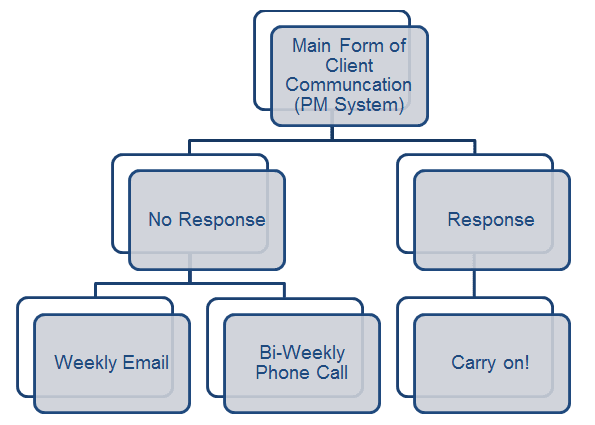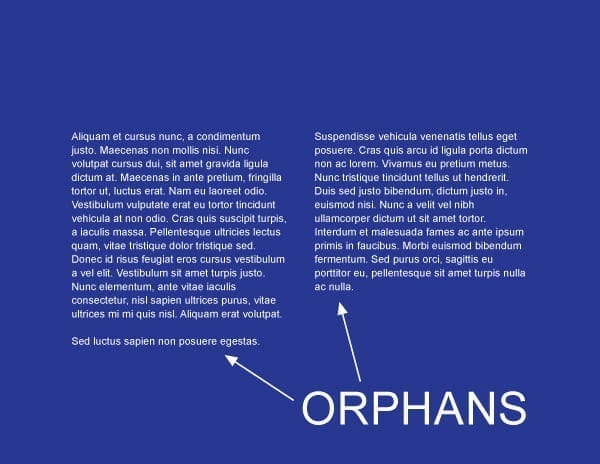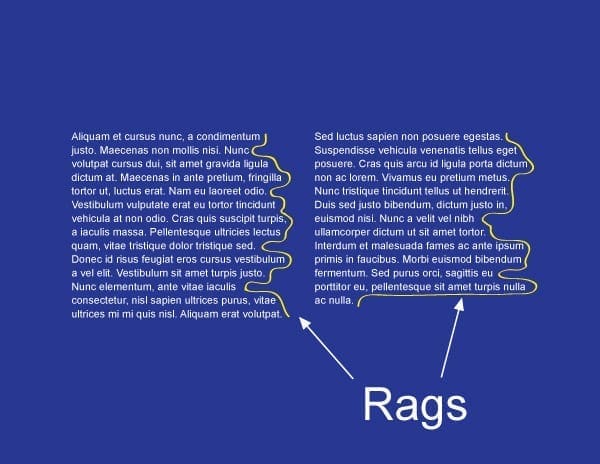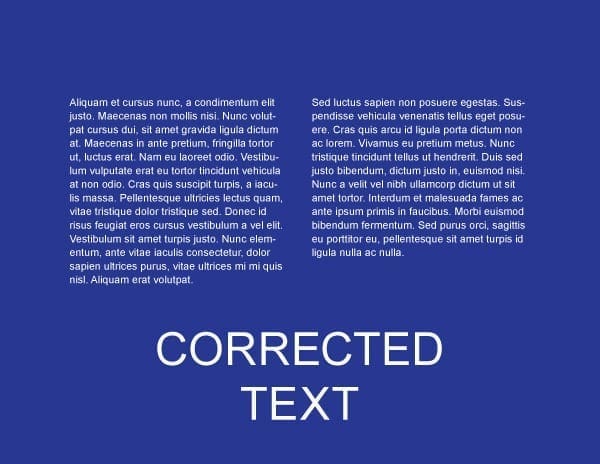Oh, No. Managing Risk and Compliance
One of the first things I hear when talking to insurance and trust companies about social media is “managing risk and compliance.” Oddly enough, nearly half of these prospects don’t have social media guidelines or internal procedures to handle a social media meltdown, should one occur. What should you do when a client or prospect starts badmouthing you or your company? What’s been successful in the industry, and what should you be doing? To me, not being able to answer these questions sounds like the ultimate risk.
So, what’s the solution for managing social media for insurance agents or financial advisors? “I’ve got it,” shouts one of your over-zealous team members. “Let’s hire a college grad (with a hint of sarcasm)! They know this stuff and interact on social media all the time.”
Well that’s a heck of a plan (again, sarcasm) because, in most cases, your new social media “guru” doesn’t have knowledge of your brand, industry regulations, business-level social media platforms, or any real marketing experience to act on your behalf. Doesn’t this sound like a risky compliance nightmare, too?
So, Where Do You Start?
- Start with a Social Media Strategy. What do you actually hope to accomplish with social media? Do you plan to be proactive with acquiring new clients or just limit the compliance risks?
- Set your own internal “insurance policy” by getting social media guidelines in place. In most cases, this should’ve happened yesterday.
- Protect your brand from negative claims and reviews with social media procedures (and don’t forget to claim all your assets).
Social Media: The Land of Opportunity
Whether you’re an individual agent/advisor or part of a company, you need to get involved with your prospects and customers. Insurance and trust companies often have internal sources or agencies working to develop the brand, but agents typically miss the boat on social media. In my opinion, insurance agents and financial advisors should be building their personal brand at the local level as everything else comes together. Don’t forget—even if you move on to greener pastures, you can always take your personal brand (and your existing relationships) with you.
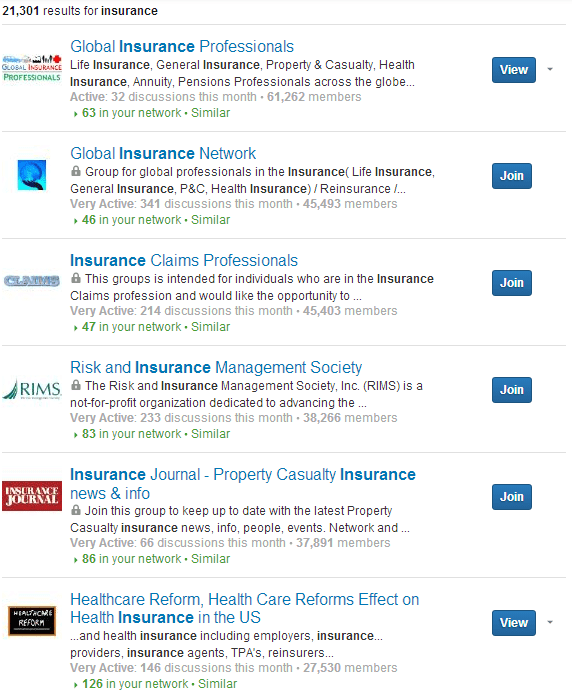
Engage with your prospects and clients to build relationships as well as your visibility among their connections. Social media is a great way to listen for new opportunities, new trends, and your competitors. For example: One of your clients announces on social that they’re having a baby. Isn’t that a green light for life insurance, college savings plan (529), or an update to their beneficiaries?
Put simply, not engaging in social media is risky business. The fact of the matter is that your prospects, clients, and competitors are already there, so there’s no reason you shouldn’t be.

